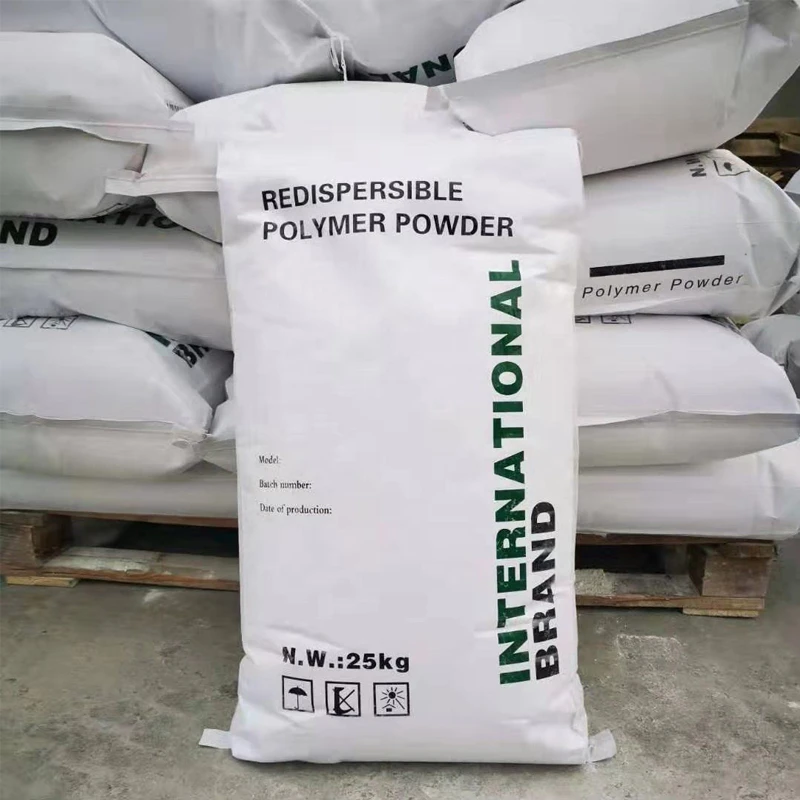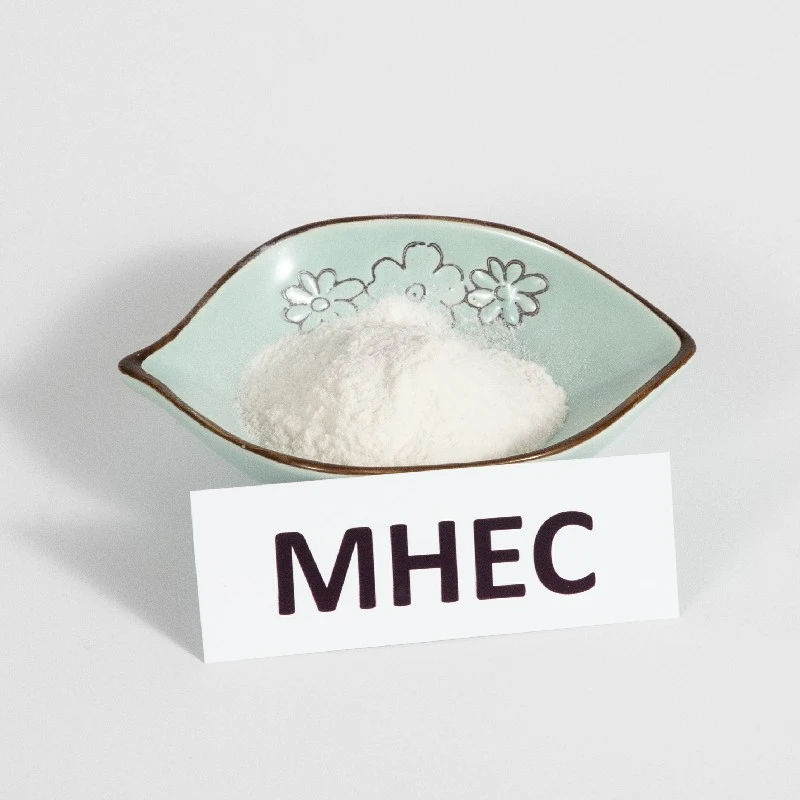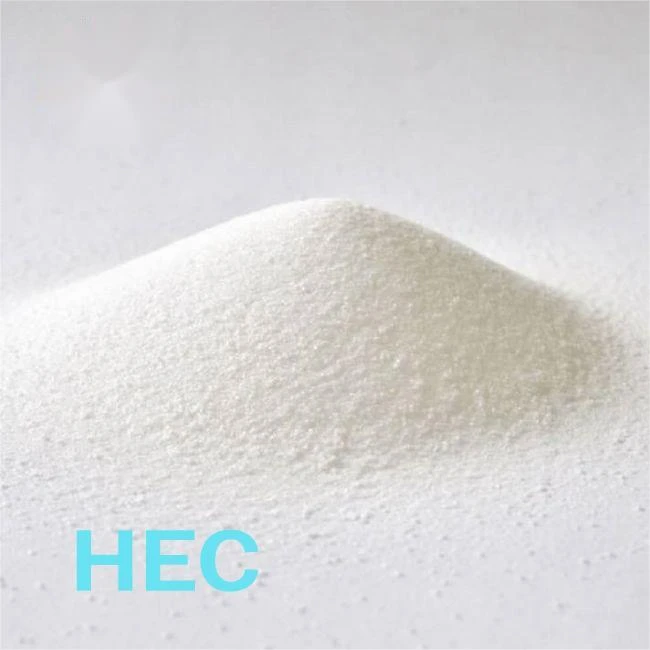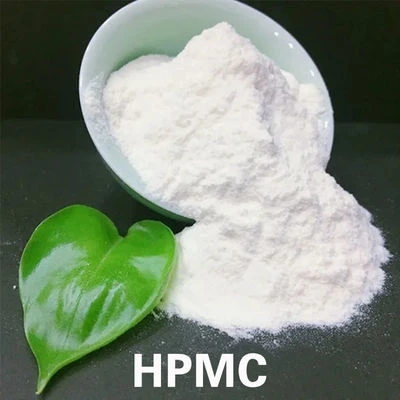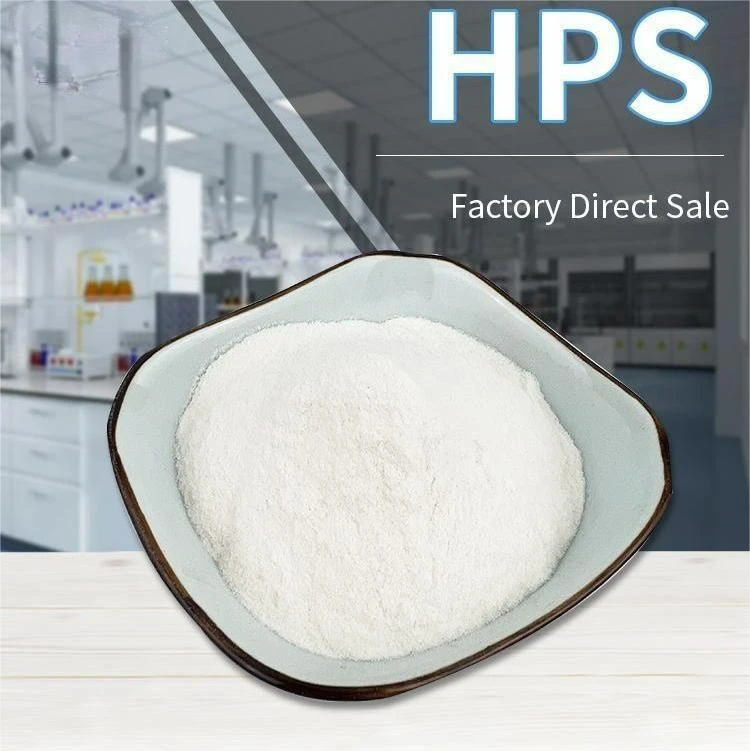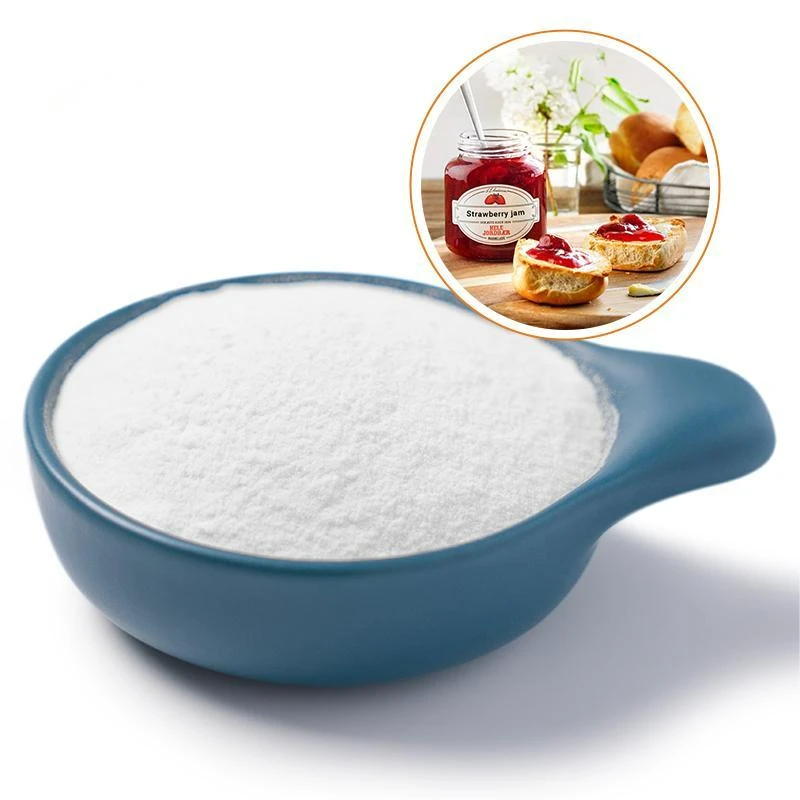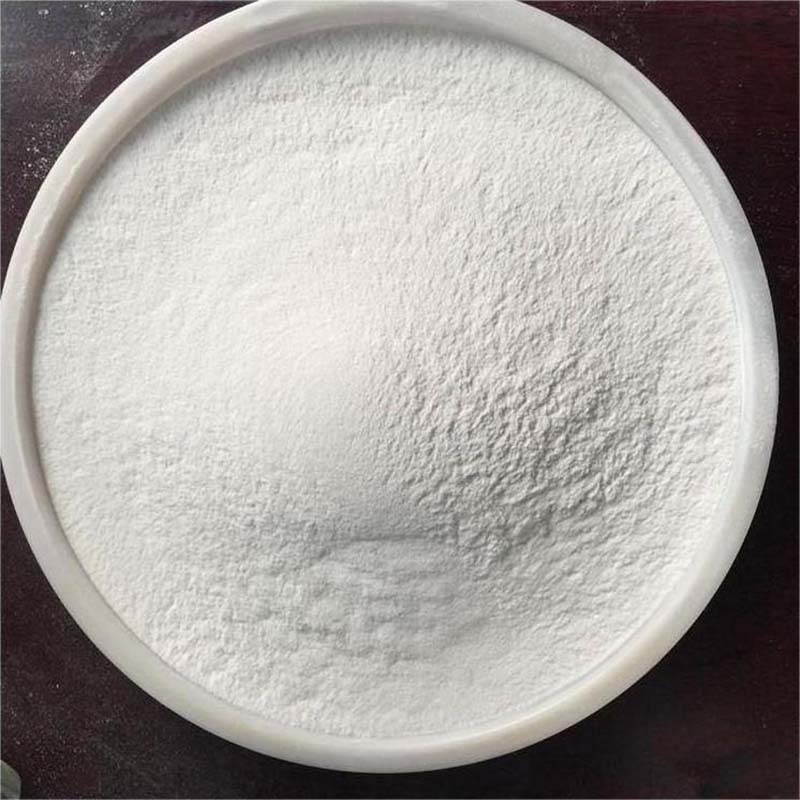HEMC Powder - High-Performance Hydroxyethyl Methyl Cellulose
The Crucial Role of Hydroxyethyl Methyl Cellulose (HEMC) in Modern Construction
In the rapidly evolving landscape of global construction, high-performance building materials are paramount for achieving durability, efficiency, and sustainability. Among these, cellulose ethers stand out as indispensable additives, significantly enhancing the properties of various cement-based and gypsum-based mixtures. Specifically, Hydroxyethyl Methyl Cellulose (HEMC), also known as MHEC (Methyl Hydroxyethyl Cellulose) powder or identified by its CAS number 9032-42-2, has emerged as a cornerstone due to its unique blend of properties. This versatile polymer acts as a thickener, water retention agent, binder, and rheology modifier, playing a critical role in optimizing the workability, adhesion, and overall performance of construction products like tile adhesives, renders, and wall putties. The global trend towards higher quality, pre-mixed dry mortars continues to drive demand for superior additives like HEMC, ensuring that construction projects meet stringent modern standards.

The industry is currently witnessing a significant shift towards sustainable building practices, with a growing emphasis on materials that reduce environmental impact while maintaining or even improving performance. HEMC aligns perfectly with this trend by enhancing material efficiency and reducing waste on construction sites. Its ability to improve water retention means less water is needed for mixing, and the extended open time reduces material loss, contributing to more sustainable and cost-effective construction processes. Furthermore, the rising demand for efficient and rapid construction methods necessitates additives that deliver consistent and reliable performance, which Hydroxyethyl Methyl Cellulose consistently provides across diverse climatic conditions and application requirements.
Unpacking the Manufacturing Process of Hydroxyethyl Methyl Cellulose (HEMC)
The production of HEMC is a sophisticated chemical process, ensuring its consistent performance in various applications. It typically begins with highly purified cellulose, often derived from wood pulp or cotton linters. This raw material undergoes an initial alkalization step, where it is treated with a strong alkali solution, typically sodium hydroxide. This process activates the cellulose, breaking down its crystalline structure and making it more reactive for subsequent etherification. The quality and purity of the initial cellulose are critical, directly influencing the final product's performance attributes such as viscosity and solubility.
Following alkalization, the activated cellulose slurry is subjected to an etherification reaction in a controlled environment, often within a reactor. This is where methyl chloride and ethylene oxide are introduced. The methyl groups and hydroxyethyl groups are chemically bonded to the anhydroglucose units of the cellulose backbone, replacing some of the hydroxyl groups. The precise control over the molar substitution (MS) of hydroxyethyl groups and the degree of substitution (DS) of methyl groups is paramount. These parameters dictate key properties such as the gelation temperature, water retention capacity, and thickening efficiency of the final methyl 2 hydroxyethyl cellulose product. Post-etherification, the product undergoes neutralization to remove residual alkali, followed by rigorous washing to eliminate by-products like sodium chloride. The purified wet cake is then dried, milled into a fine powder, and sieved to achieve specific particle size distributions, vital for its dispersion and dissolution in various mixtures. Adherence to strict internal and external testing standards, such as those derived from ISO 9001 quality management systems, ensures the consistency and reliability of each batch of 9032-42-2.
Technical Specifications and Performance Parameters of HEMC
The efficacy of hydroxyethyl methyl cellulose hemc in construction applications is defined by a precise set of technical parameters. These specifications are critical for engineers and formulators to select the appropriate grade for their specific needs, ensuring optimal performance in diverse formulations such as Building Material Hemc Mhec Hec Hpmc Wall Putty Powder Hydroxyethyl Cellulose. Key parameters include viscosity, which dictates the thickening effect and workability of a mortar; degree of substitution (DS) of methyl groups and molar substitution (MS) of hydroxyethyl groups, influencing solubility, gelation temperature, and water retention; and particle size, which impacts dissolution rate and dispersion in dry mix formulations.
For instance, a higher viscosity grade of methyl ethyl hydroxyethyl cellulose is typically chosen for applications requiring excellent sag resistance and thick layer application, such as tile adhesives on vertical surfaces. Conversely, lower viscosity grades might be preferred for self-leveling compounds where flowability is paramount. Water retention, a critical property for cement-based products, ensures proper hydration of the cement by preventing premature water loss to the substrate or atmosphere, thereby enhancing bond strength and reducing cracking. Gel temperature is also important, as it indicates the temperature at which the solution thickens into a gel; this property is crucial in hot climates or during rapid setting applications.
Typical HEMC Product Specifications
| Parameter | Unit | Typical Range/Value | Relevance to Application |
|---|---|---|---|
| Viscosity (2% solution, Brookfield RVT, 20°C) | mPa·s | 10,000 - 100,000 | Workability, thickening, sag resistance |
| Degree of Substitution (DS) | - | 1.3 - 1.8 | Solubility, thermal gelation |
| Molar Substitution (MS) | - | 0.15 - 0.35 | Water retention, film formation |
| Moisture Content | % | < 5.0 | Product stability, shelf life |
| Ash Content | % | < 3.0 | Purity, non-reactive fillers |
| pH (2% solution) | - | 6.0 - 8.0 | Compatibility with other additives |
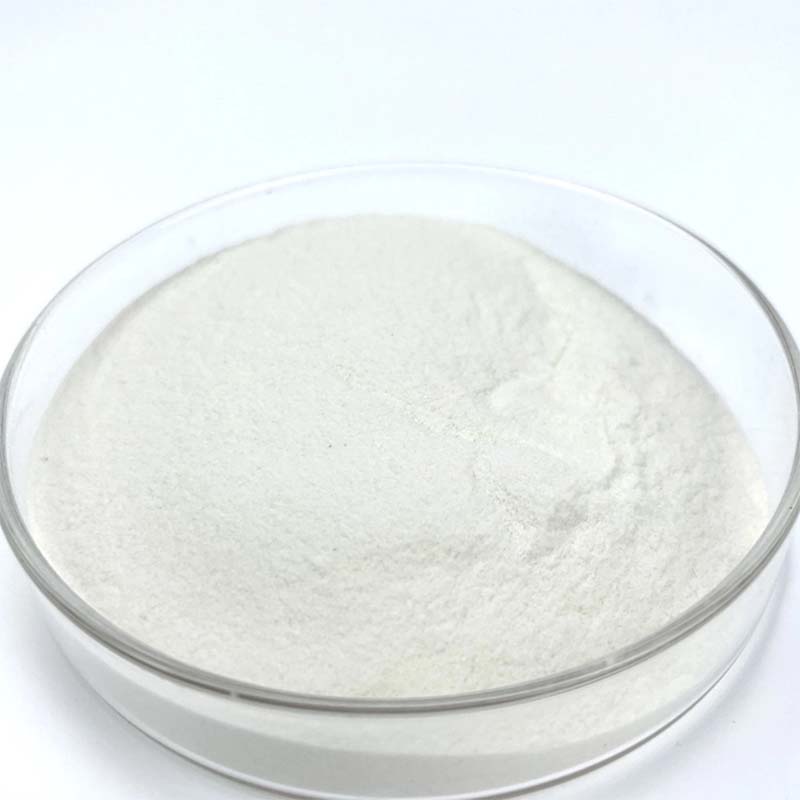
These specifications allow for precise formulation control, enabling manufacturers to fine-tune the performance of their building materials. For example, in Exterior Insulation and Finish Systems (EIFS), MHEC powder contributes to improved adhesive strength and crack resistance, crucial for the system's long-term integrity. The consistency of these parameters, maintained through rigorous quality control and adherence to international standards like ISO 9001:2015, is what differentiates reliable suppliers in the competitive chemical additive market.
Applications and Technical Advantages of HEMC in Building Materials
The versatility of hydroxyethyl methyl cellulose extends across a broad spectrum of building material applications, each benefiting from its unique rheological and water retention properties. In tile adhesives, HEMC is critical for improving open time, enabling installers more time to adjust tiles, and enhancing sag resistance, which prevents heavy tiles from slipping on vertical surfaces. For wall putties and skim coats, it provides excellent workability, ease of application, and a smoother finish, while also preventing premature drying and cracking. In renders and plaster formulations, HEMC improves adhesion to various substrates, reduces shrinkage, and enhances overall durability, ensuring the longevity of the applied surface.
From a technical perspective, the primary advantages of incorporating HEMC are multifaceted. Its superior water retention capabilities ensure adequate hydration of cement or gypsum, leading to stronger bonds and reduced efflorescence. The pseudoplastic behavior imparted by methyl ethyl hydroxyethyl cellulose allows for easy spreading under shear stress (e.g., during troweling) and then recovers viscosity quickly, preventing slump or sag once applied. This thixotropic property is invaluable for achieving consistent layer thickness and preventing material waste. Furthermore, HEMC improves the air-entraining properties of mortars, enhancing freeze-thaw resistance and overall durability in challenging climatic conditions. Its film-forming ability also contributes to improved surface hardness and abrasion resistance of finished surfaces. These combined attributes lead to significant improvements in both the processability and the final performance of construction materials, offering long-term reliability and reducing the total cost of ownership for building projects.
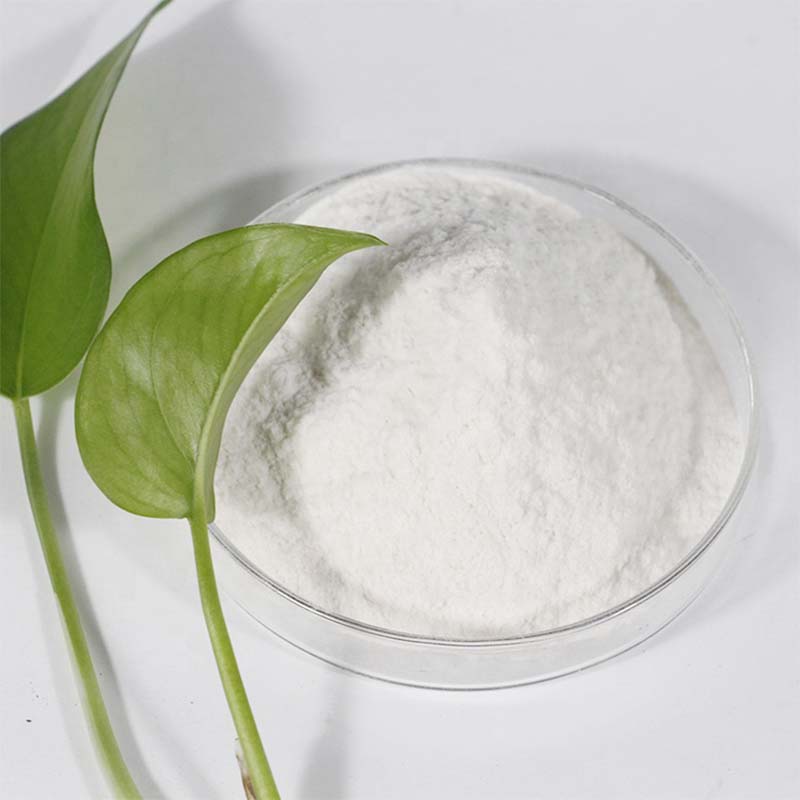
Application Scenario Examples and Benefits
- Tile Adhesives: Improved open time (up to 30 minutes in standard conditions), enhanced bond strength (up to 2.0 MPa), and excellent slip resistance, ensuring faster and more secure tile installation, especially with large format tiles.
- Wall Putty & Skim Coats: Superior workability, smooth finish, reduced cracking and chalking, leading to less rework and a flawless surface for painting.
- Self-Leveling Compounds: Optimized flowability without segregation, providing a perfectly level surface for flooring, crucial for sensitive installations like parquet or vinyl.
- Renders & Plasters: Enhanced adhesion to substrates, improved cohesion, and increased resistance to cracking, providing durable exterior and interior finishes that withstand environmental stresses.
- External Thermal Insulation Composite Systems (ETICS/EIFS): Improves adhesion of the adhesive and base coat, enhancing system durability and crack resistance, critical for energy-efficient buildings.
Choosing a HEMC Supplier: A Guide to Manufacturer Comparison and Customization
Selecting the right supplier for MHEC powder is paramount for maintaining consistent product quality and project reliability. When evaluating manufacturers, it's crucial to look beyond just price per kilogram. Key considerations include the manufacturer's adherence to international quality standards (e.g., ISO 9001:2015 for quality management), consistency of product batches, and their commitment to research and development. A reputable supplier will provide comprehensive technical data sheets, consistent Certificates of Analysis (COA) for each batch of cas 9032-42-2, and demonstrate a robust quality control system, minimizing variations that could impact end-product performance. Our long-standing service record and partnerships with leading construction chemical companies attest to our unwavering commitment to quality.
Furthermore, the ability to provide customized solutions is a significant advantage. Different construction applications and regional climate conditions often require tailored properties from the hydroxyethyl methyl cellulose additive. Leading suppliers can offer customized grades by adjusting parameters such as viscosity, particle size distribution, and the degree of substitution. This enables formulators to achieve specific performance goals, whether it's extended open time for hot climates, enhanced sag resistance for heavy tile installations, or optimized workability for machine-applied renders. Our technical team works closely with clients to understand their specific formulation challenges and develop bespoke HEMC solutions that meet precise requirements, ensuring optimal performance and cost-effectiveness for Building Material Hemc Mhec Hec Hpmc Wall Putty Powder Hydroxyethyl Cellulose.
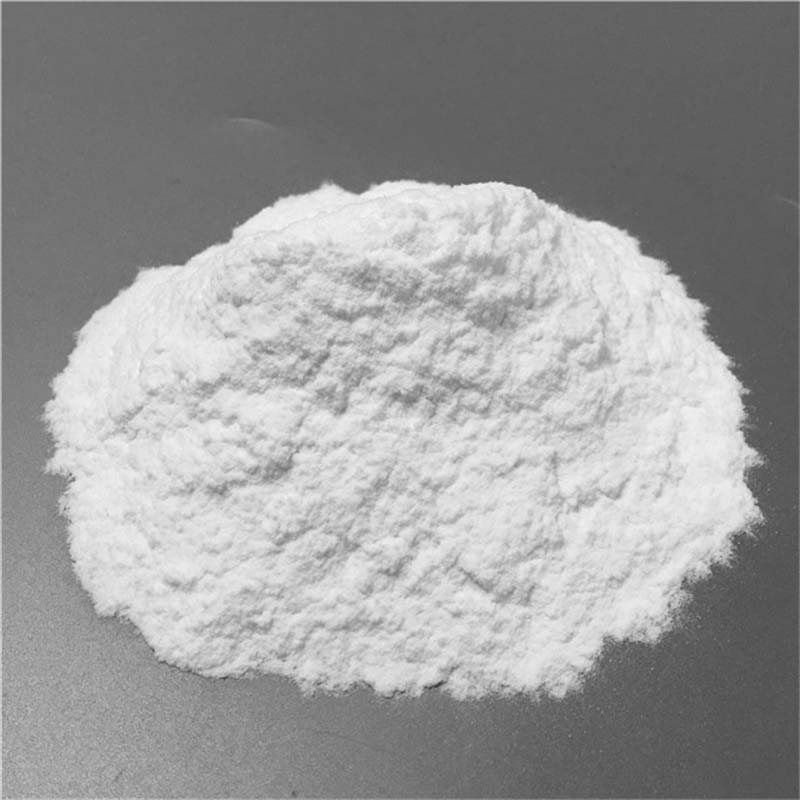
Commitment to Trust and Support
Our dedication to client success extends beyond product delivery. We understand that timely and reliable logistics are vital for B2B operations. Our delivery cycles are optimized for efficiency, typically ranging from 7-15 business days for standard orders, with expedited options available upon request. Each shipment is accompanied by detailed documentation, ensuring transparency and compliance. We stand by the quality of our hydroxyethyl methyl cellulose products with a comprehensive quality assurance policy, offering a 12-month warranty against manufacturing defects from the date of shipment. Our dedicated customer support team is available to provide technical assistance, troubleshoot application issues, and offer guidance on product selection, ensuring a seamless experience from inquiry to application.
Frequently Asked Questions (FAQ) about HEMC
-
Q: What is the primary difference between HEMC and HPMC?
A: Both HEMC and HPMC (Hydroxypropyl Methyl Cellulose) are cellulose ethers used in construction. The primary difference lies in their etherification agents. HPMC uses propylene oxide, while HEMC uses ethylene oxide along with methyl chloride. This difference leads to subtle variations in properties, such as thermal gelation temperature, solubility, and water retention, making each potentially more suitable for specific applications. Generally, HEMC often provides slightly better open time and sag resistance in certain formulations.
-
Q: How does HEMC contribute to the durability of building materials?
A: HEMC enhances durability by significantly improving water retention in mortar and concrete mixes. This allows for more complete hydration of the cement, leading to higher compressive and flexural strengths. It also reduces shrinkage cracking by controlling water loss and improves adhesion to various substrates. Furthermore, its ability to improve the freeze-thaw resistance of mortars contributes to the long-term integrity of structures in harsh climates.
-
Q: Is HEMC compatible with other common construction additives?
A: Yes, Hydroxyethyl Methyl Cellulose is highly compatible with most common construction additives, including redispersible polymer powders, defoamers, superplasticizers, and various fillers. Its non-ionic nature and stable chemical structure ensure it does not react adversely with other components in dry mix formulations. However, specific formulation testing is always recommended to optimize performance and prevent unforeseen interactions, especially when developing new product lines.
-
Q: What is the typical shelf life for HEMC powder?
A: When stored in original, unopened packaging in a cool, dry place away from direct sunlight and moisture, MHEC powder typically has a shelf life of 24 months from the date of manufacture. Proper storage conditions are crucial to prevent caking and ensure that the product retains its optimal performance properties over time. We recommend using older stock first and ensuring bags are resealed tightly after partial use to maintain product integrity.
References
- Klemm, D., et al. "Cellulose and Cellulose Derivatives: From Wood to Nanotechnology." Wiley-VCH, 2005.
- Kroon, T. "The Role of Cellulose Ethers in Cement-Based Building Materials." Construction and Building Materials, Vol. 15, No. 4, 2001.
- U.S. Patent and Trademark Office, Patent #US 4,960,865, "Hydroxyethyl Methyl Cellulose Ethers and Their Preparation," 1990.
- ASTM International, ASTM C1707 "Standard Test Method for Water Retention of Hydraulic Cement-Based Mortars and Grouts for Tile Installation," 2017.
-
The Role of Methyl Ethyl Hydroxyethyl Cellulose in Tile AdhesivesNewsAug.11,2025
-
The Future of Digital Textile Printing with Advanced Paste TechnologiesNewsAug.11,2025
-
The Chemical Modification Process of Carboxymethyl Cellulose from CelluloseNewsAug.11,2025
-
Hydroxypropyl Starch Versus Native Starch Key Differences and BenefitsNewsAug.11,2025
-
Comparing Celulosa HPMC with Other Cellulose Ether DerivativesNewsAug.11,2025
-
Chemical Composition and Structure of VAE Redispersible PowderNewsAug.11,2025

